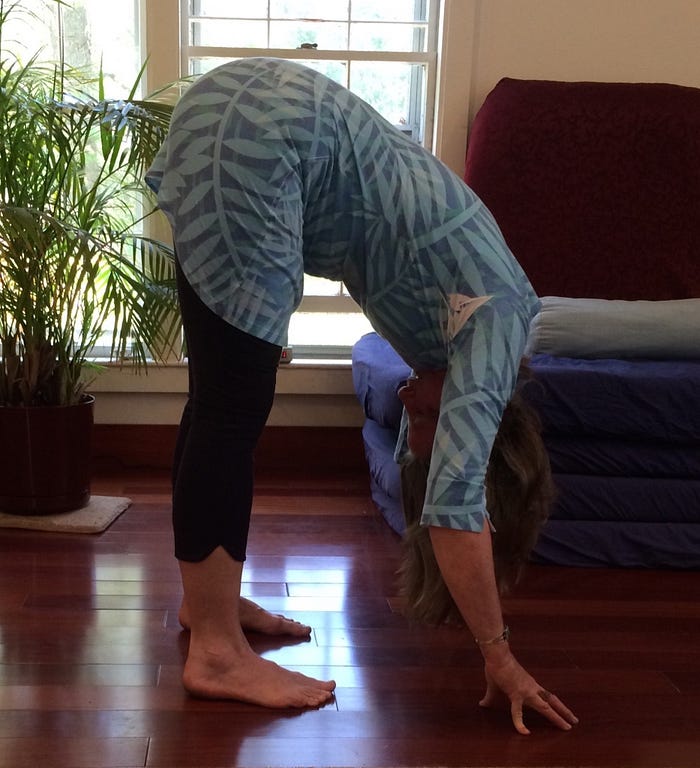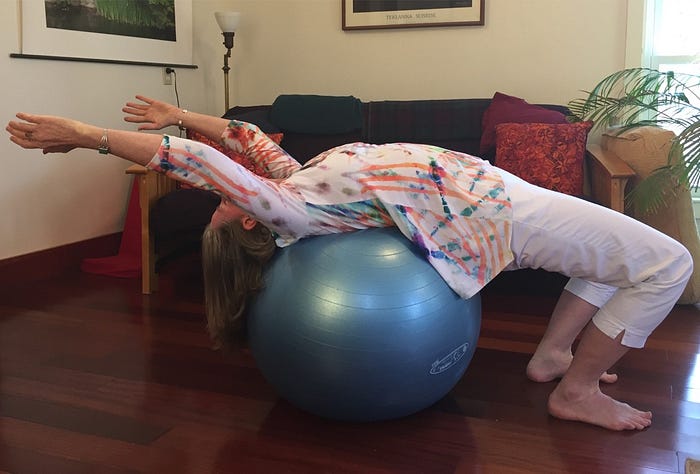Sermon reflecting on the poem Wild Geese by Mary Oliver
Given the challenges and limitations of our bodies, it is tempting to think that connecting with the spirit means disconnecting from our body. The vast sky above us and all that lies beyond can seem like the place to go to find connection with the spirit.
Our bodies get sick and tired, and they feel feelings we don’t like and can’t control. Bones can break, and we can be hurt, feel scared, sad, alone, or empty. Everyone experiences aches, pains, illness, and frustrations sometimes. At times, our bodies even let us down in big ways.
As Mary Oliver says – “Tell me about despair – yours, and I will tell you mine.” We all experience despair at some time in response to something or even many things.
When we are hurt or, violated or neglected and are unable to leave or fight back, disconnecting from our bodies is a way to cope. Often, children have no one to reach out to for the comfort or connection they need.
Sometimes, the pain is greater than we can bear on our own. Especially as children, we can be further violated through shame from being told that what happens is our fault, that we caused it, or that we are bad and wrong. This shame can leave us feeling heavy, constricted, and despairing.
We shut down the painful feelings and sensations in our bodies by dissociating, going somewhere else in our minds, freezing, becoming numb, or tensing our muscles. Focusing attention outside of our bodies gives us a distraction from the pain, which can feel intolerable. Freezing or becoming numb keeps us from feeling. Tensing muscles restrict our unconscious breathing patterns and stop emotions that feel overwhelming.
These are important coping strategies to get through when we have no other choice. But over the long term, they keep us from being fully alive. Many people stay stuck in this underlying despair, sadness, and pain.
No amount of thinking or talking can change how we feel, no matter what we talk about, if we don’t make changes in the body. If we continue to be tense, frozen, or dissociated, our experience of the joy and pleasure of life will be restricted.
I practice as a body-oriented psychotherapist. The therapy I do is called Bioenergetic Therapy. I work with clients to release the tensions in their bodies and help them bring greater awareness to their bodies to address their depression, anxiety, and other mental health issues. We focus on working through the impacts of trauma in their bodies, minds, and relationships so they can have more satisfaction and joy in life.
Bioenergetics was developed in the 1950s by a man named Alexander Lowen. Lowen was a student of Wilhelm Reich, a contemporary of Freud. Reich believed that Freud left out the significance of the body. Reich noticed disturbances in the breathing patterns of his patients. He focused on exploring what helped them breathe more deeply and fully while lying on the couch for analysis.
Alexander Lowen believed that people needed more vigorous exercises to shift the tensions that restrict their breathing. He got people off the couch and onto their feet to be more grounded. He also developed exercises to help people open their breathing and release emotions pent up from the past in safe ways.
The idea that what’s happening in our bodies affects mental health seems clear to me. but it’s still on the cutting edge of mental health treatment. Recently, I collaborated with a magazine editor on a story about my work with a client. She suffered from severe depression and significant trauma as a child and adult. I wrote about her problems with chronic constipation. The editor took out that part, saying, “I don’t see how her constipation relates to her depression and trauma.” I insisted we leave it in. Can you imagine how lousy you would feel if you were constipated every single day?? It impacted her mood and how she felt in her body.
I worked with this client slowly and gradually over several years. I encouraged her to do exercises to help her release the tension that contributed to her constipation. She told me that she had shut down the sensations in her pelvic region due to the pain of a sexual assault she experienced. We also linked the constipation to her childhood, where her mother had not wanted to have children and likely resented having to change her dirty diapers.
Over time, through our work together, she grew to feel more sensation and more aliveness. She told me, “I’m feeling an aliveness in my body that I never felt before.” Opening the tensions and restrictions she felt led her to enjoy her life again, and through my care for her, she grew in self-love.
As Mary Oliver says, to “let the soft animal of our body love what it loves,” we first have to feel our body. We have to pay attention to what our bodies love—and what they don’t love. We have to learn the language of our bodies, as they don’t speak in complete sentences.
Our bodies speak in feelings and sometimes subtle sensations. We may experience a quickening of excitement for a yes about a direction to go in or an increase in tension for a no. Spontaneous deep breaths signal a release of fear, a letting go of an ideal, or feeling seen, heard, or cared about. Our hearts beat faster when we are afraid or excited to increase adrenaline and blood flow. Sometimes, my clients report a response like burping when they are speaking their truth or nausea when coming up against a blocked emotion from their childhood.
Along with listening to our bodies, we need to do what gives us pleasure (which we have unfortunately made into a dirty word – associated only with sex). Pleasure is a flow of energy through the body which you can learn to feel. It comes from tending to our body’s needs – such as eating when we are hungry and choosing foods nourishing in the way our body uniquely needs. Pleasure comes also from resting when we are tired, exercising when we have energy, and sharing nurturing company.
Further, we must allow our emotions to move through our bodies like waves. We see with children that they may be angry or sad and crying one moment, and when allowed to express it, they move on and are ready to play. Similarly, allowing our emotions to move through us can make us feel more alive and connected to ourselves and others. Anger, for example, when expressed appropriately, fuels us to speak up for the protection of self and who or what we love. Anger lies at the root of all the necessary fights for social justice.
Sadness and grief move through us with tears, helping us let go of someone or something. Tears release toxins from the body and connect us with how deeply we care. A good cry can feel like rain washing through, clearing the air.
Through breathing and feeling, we embody the spirit. In breathing, we are connected with all of life. During the pandemic, it became clearer than ever that we all breathe the same air. We breathe in from an infinite source. What we breathe affects us and those around us. The more deeply and fully we breathe, the more energy we have. Breath is with us all the time.
Breath connects us with “the wild geese in the clean blue air,”, as Mary Oliver writes, “where the world offers itself to our imagination.” In breath, even if we feel lonely, we are connected to each other, the earth, and the infinite.
As we breathe fully and feel our bodies, the world offers itself to our imaginations and calls to us like wild geese—harsh and exciting. By the breath moving in our bodies, we find belonging—the world over and over, announcing our place in the family of things.
Even with our bodies’ limitations and sometimes painful feelings, feeling fully and breathing deeply offers the path to embodying our spirituality. Through embodying our spirituality, we find connection with ourselves, one another, and with all of life.
In closing, I offer a quote from Alexander Lowen, MD, founder of Bioenergetic Analysis:
“In my view, it is the mind, with its emphasis on knowledge and reason, that is secular and the body that is sacred. Much as we think we can explain the body’s operations, at their core is the mystery of love. The heart of man [sic] where love resides, is also the temple where god resides in the human being.
The basis for this belief is the ability to feel a resonance between the pulse of the heart and the pulse of the universe. While the pulse of life occurs in every cell and every organ of the body, it is felt most powerfully in the beating of the heart and experienced most vividly in the feeling of love.” (from the book Spirituality of the Body)















